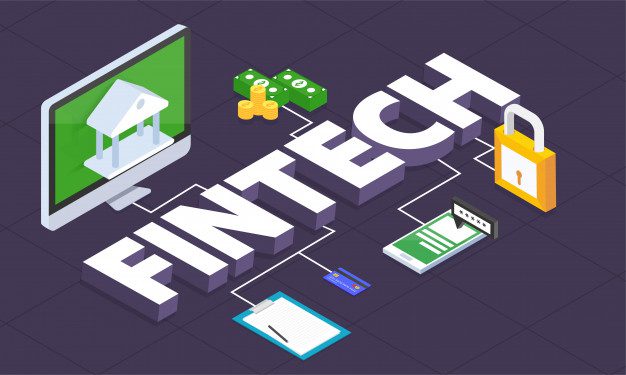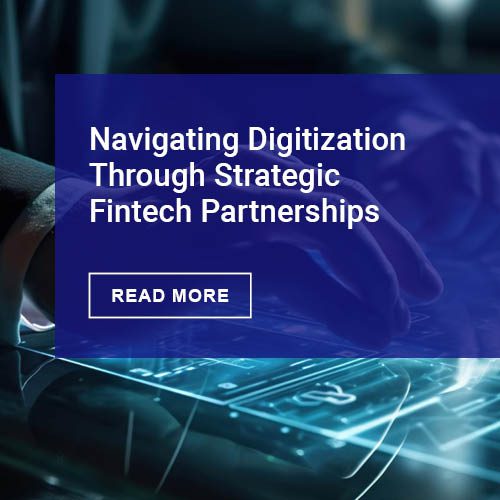Here is an interesting story from the American Banker on how fintechs are moving away from alt lending models to bank-grade lending. It seems investors are tired of high-write-off lending models.
What a concept. Price to Risk level. Here is what happened to a debt consolidation loan:
- The man was struggling to pay his bills, and an online lender had offered him a personal loan to pay off some 10 credit cards.
- Accepting, he thought, would help him escape crushing debt.
- The interest rate offered, however, was about 10 percentage points higher than on his plastic.
There is a difference between running a bank of any size and being a fintech lender. Banks have documented controls for everything from capital adequacy to safety and soundness. It may seem boring or overmanaged, but the guardrails protect all parties, from investors to just plain old savers.
Fintechs often operate on speculative funding; they can absorb some loss-leading loans to get the business started, but the question is how long can they sustain undisciplined lending.
- Online personal loans were easy to come by for years, enabling millions of Americans to borrow cheaply to pay down costly credit card debt.
- In the past year, companies including Lending Club have been tightening the spigot, following a revolt by investors upset over years of unexpected losses.
- Easy credit has given way to cautiousness, with financial technology upstarts now seeking households with higher incomes, above-average credit scores and less debt relative to their wages.
Underwriting at fintechs is now more selective because much of the bureau enhancements did not work. What needs to be watched is if the fintech model begins to match the banking model, will they vary only on innovation? Banks know that and there are many examples of how banks have learned from fintechs, from new FICO scoring models to virtual banks.
At fintechs, adding lending score points because the customer paid their phone bill on time or had a social media presence is not as indicative as good blood-and-guts lending.
In good old-fashioned lending, your credit bureau file gets pulled, your collateral (if any) evaluated, your residence checked, and your employment history confirmed. This is often referred to as “the four “C”s of credit: character, capacity, capital and conditions.”
- Last quarter, the average personal loan in the U.S. went to a borrower with a 717-credit score, the highest ever recorded, according to preliminary figures from the credit-data provider PeerIQ.
- The typical borrower reported $100,000-plus in annual income, also a record.
- Fintechs are now so focused on borrowers with pristine credit that only about a quarter of their new unsecured loans this year have gone to households with below-prime credit scores, making the companies more conservative than credit unions, according to TransUnion.
You can’t just pretty-up weak credits. It is the old “lipstick on a pig model.”
- The internet-first financial companies that emerged in the aftermath of last decade’s credit crisis promised to upend the industry by lending to risky borrowers shunned by banks.
- Instead, online lenders are looking more and more like their old-line rivals.
- Analysts who follow the companies are split on whether that newfound prudence reflects concerns about where the economy is headed, or an evolution of the lenders’ business models.
The game of lending is long and slow. The last thing a lender wants is a borrower in a hurry. But consider this:
- It’s not just investors in loans who are hurting. LendingClub, which went public in 2014 at a market valuation higher than all but 13 U.S. banks — $8.46 billion — has since lost almost 90% of its value.
That is the premise of Mercator’s recent Viewpoint titled “Credit Card Lenders: Hone Strategies and Do Not Let Fintechs Scare You”. Lending is not about speculation, at least for retail banks. Lending is about filling a consumer need and providing a fair return to the lender.
Overview by Brian Riley, Director, Credit Advisory Service at Mercator Advisory Group











